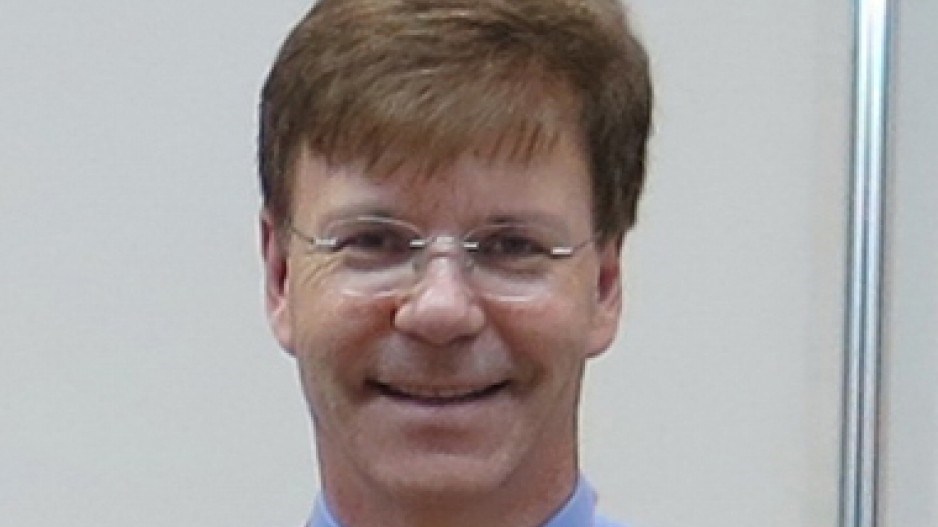Beth Richards’ swimwear fashion business bore no hallmarks of humble beginnings. In fact, her business Beth Richards, which launched in summer 2012, initially grew faster in the international market than it did locally.
“It’s the fashion world, so it’s based on aesthetic for the most part,” she said. “If they like you, they’ll buy [your clothes]; if they don’t, they won’t.”
Her business grew in the U.S. quickly, largely because many of her sales are conducted online where shipping costs are minimal.
Richards also knew what she was doing. With 13 years of experience in the industry before starting her own business, she was able to move forward with confidence.
“I could see a need in the marketplace for my product, and that’s why I went for it,” she said, exhibiting a boldness typical of most entrepreneurs.
But she quickly found that international commerce doesn’t come without its challenges. For example, it can be difficult to choose the right selling price for merchandise from country to country.
Exchange rates can vary as well, and during economic instability, retail businesses that sell her clothes can fail.
“It’s a volatile marketplace, and extremely fragile [in particular] in the retail sector.”
But with her experience, she was well positioned to prevail. She credits key members of her team. “My accountant is an entrepreneur himself and has always provided me with really great, honest feedback. My lawyer is important in that she’s been integral in setting up a solid foundation through good contracts.”
As a small business, having a dedicated team backing her, she said, was critical to her success.
Pierre Choquet is vice-president of sales at RST Instruments Ltd. selling geotechnical instruments around the world. He said selling to the U.S. was quite different from doing business with the rest of the world.
“The main difference is that we’re selling directly to customers in the U.S., whereas overseas we’re selling mostly through distributors,” he said.
Selling direct to the customer puts them at a price advantage because they don’t need to cut in an intermediary. That model, however, doesn’t work as well elsewhere.
“When selling overseas, it is very often better perceived by our customers if they can deal with a local representative,” he said. “This may be because they’re concerned about importing the goods to their own country and they know the distributor will take care of that.”
For this reason, managing their distributors constitutes a significant portion of their overseas operations. And they’ve structured their operations to afford them the control required to ensure consistent quality and proper representation of their products.
Their request for distributor agreements are numerous, but they are rigorous in their selection process. They also build in a three-month cancellation provision, enabling them to remove a distributor who isn’t doing well and replace him or her with a higher performer. And by limiting their distributorship to one per country, they give their distributors exclusivity.
Doug Taylor, managing director at Pacific Business Intelligence Ltd. with 30 years’ experience in commerce in global markets, said doing business in countries other than the the U.S. takes time and care.
“Americans are much more aggressive; they want to get a deal done much, much faster,” he said. “Most of the countries in Asia don’t worry about contracts. It’s all about personal relationships. To a great extent, this is also true in South America and Europe. If you’re going to get into international markets, it’s a long-term commitment. You have to work for it.”
It’s a worthwhile effort, he said, because businesses in other countries want to trade with Canada.
“We seem to have the sense that the world is out to cheat us somehow, but it isn’t. They just want to do business. But when you’re in their country, business is done their way.”
He also sees great economic benefit for small businesses in searching for partners outside the U.S., whose economy, he said, is in trouble. Canada’s not doing much better, yet many other economies are flourishing.
“Why wouldn’t you be going to markets that are doing well? You look at South America, Brazil and Argentina, and they’re growing at 6 and 7%; Canada’s at maybe 1%.” •




